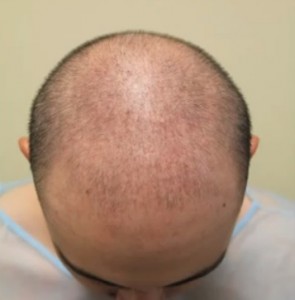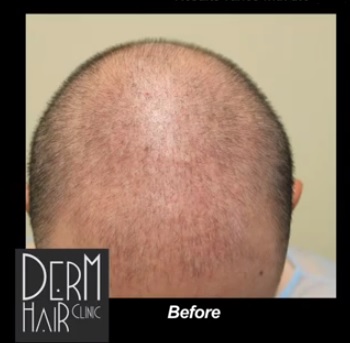One of group of these medications includes prostaglandin analogs. This includes an eyelash growth solution called Bimatoprost (brand name- Latisse) as well as Latanoprost (brand name- Xalatan). Both these drugs are analogs of the PGF2a prostaglandin.
Research on these compounds has shown that they are able to induce new growth on transgenic mice as well as stump-tailed macaques.
Latanoprost can also be used for eyelash alopecia. But it has not received FDA approval for this application, unlike Bimatoprost.
The original intended usage of these compounds is for the treatment of glaucoma as well as ocular hypertension. However, the growth of eyelash hair was noted as a serendipitous side effect. This prompted medical experts to further investigate the properties of both drugs as potential solutions for reversing the signs of androgenic alopecia.

Latanoprost For Restoring Hair – Initial Research
In 2012, the Journal of the American Academy of Dermatology published a study looking into the efficacy of Xalatan in androgenic alopecia called, “Assessing the Efficacy of Topical Treatment by Latanoprost on Hair Growth and Pigmentation in Androgenic Alopecia.” This study observed the effects of Latanoprost on sixteen males with mild forms of pattern baldness. After using the drug for twenty four weeks, half of this group showed signs of improvement in hair density which was statistically significant. This change was specified as 24%.
Density is defined as the number of hairs per square surface area. So based on these results, it seems that Latanoprost helped more hair to grow. The new shafts which emerged manifested as:
- mature, thick hair (i.e. terminal hair)
- soft, peach fuzz velus hair
Darker pigmentation was also seen as well.
Bimatoprost is believed to work by extending the length of time needed for the growth phase of the hair cycle. On the other hand, Latanoprost seems to work by “recruiting” new hair into the growth phase. Therefore, it increases the number of anagen and telogen hairs.
The effects that were observed from this study may be due to dynamics which occur on the derma papilla cells of the hair follicles.
Further research is needed to determine whether or not Latanoprost can be considered as an effective hair restoration treatment and subsequently receive FDA approval. This would need to involve a greater number of subjects in order to generalize the results of this study to broader populations.
To learn more about Prostaglandins for hair restoration click here.

